3 minute read

Game Summary
The Precious Life of Kiri is a highly narrativist 2.5D game (2D mechanics, 3D graphics), wherein you play as the titular kiwi bird, Kiri, and journey “ever-more in the rightwards direction”.
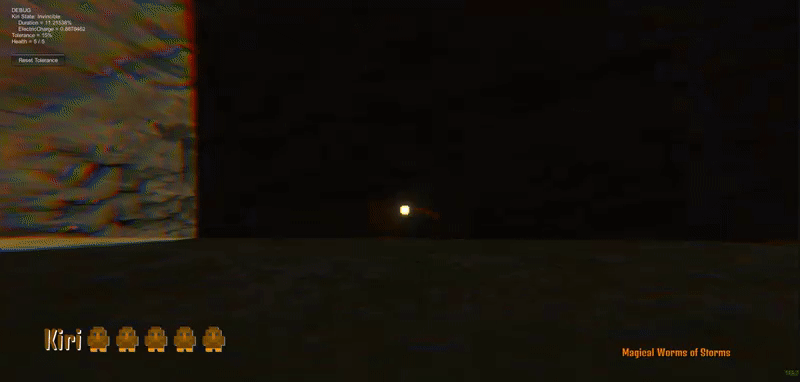
For more visual samples, skip to the “Gallery” section.
Production Summary
- 8-week solo project
- part of my DigiPen game design coursework
- project was focused on strong narrative experiences
- all code, art, VFX, and audio made by yours truly
- made w/ Unity
- no external plugins or packages used
Game Design
Kiri’s design and development were guided by 3 core pillars:
- “I can become powerful temporarily.”
- “The world (narrator) is against me.”
- “Whether I realize it or not, mine is the story of addiction.”
Top inspirations at the time of designing Kiri:
- Nuggets by Andreas Hykade – for the diminishing returns mechanic and underlying themes of addiction.
- The Stanley Parable and Maize – for the narrator’s irreverence for the 4th wall
- Super Mario Bros. for the mechanic of the constant powerful-not-powerful struggle.
If it interests you, I’ve made the (more or less) “complete” GDD available to view here: Kiri GDD (2019)
Tech: Developing the World
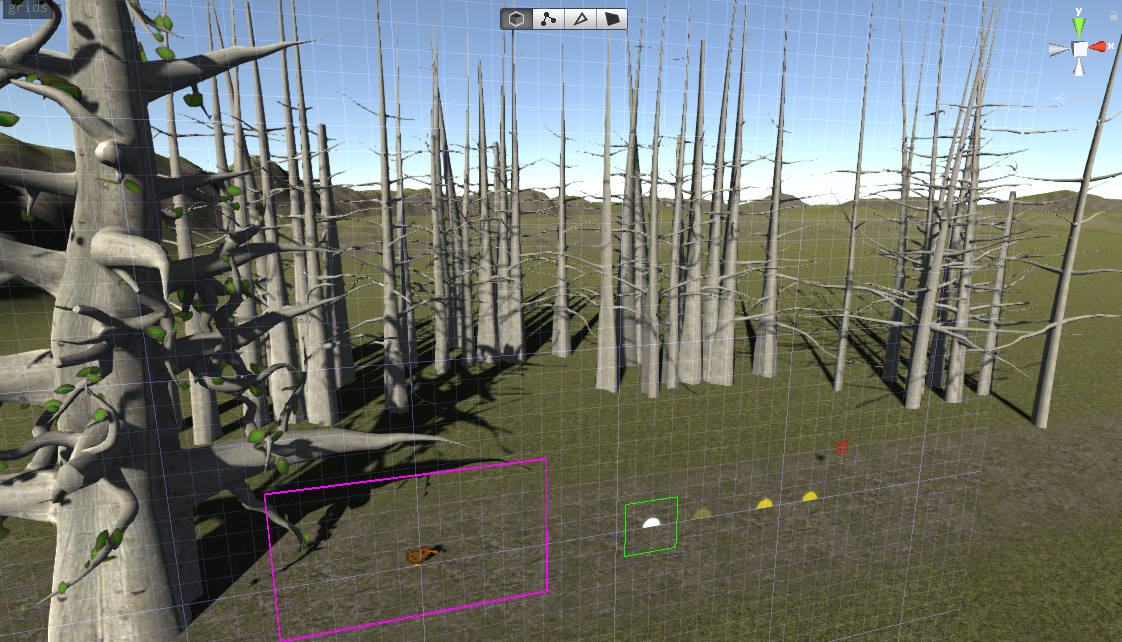
One fun piece of tech I had to develop in order to make Kiri work was a terrain mesh slicer. The purpose of this was to take a slice of a 3D terrain mesh—plus any other 3D objects arranged on the terrain, such as trees—and automagically produce optimized 2D polygon colliders for Kiri to walk on (or be blocked by).
This way, all I had to worry about was arranging my level in 3D, and the slicer would ensure that it was playable in a purely 2D physics system, no additional fuss required!

Slicing a heightmap terrain was easy fun, but it wasn’t the kicker.
It was the more complex meshes—mainly those representing trees—that posed the actual interesting challenge here. With my slicer’s first pass, the below tree would create quite a complex polygon for a collider. Too complex for comfort…
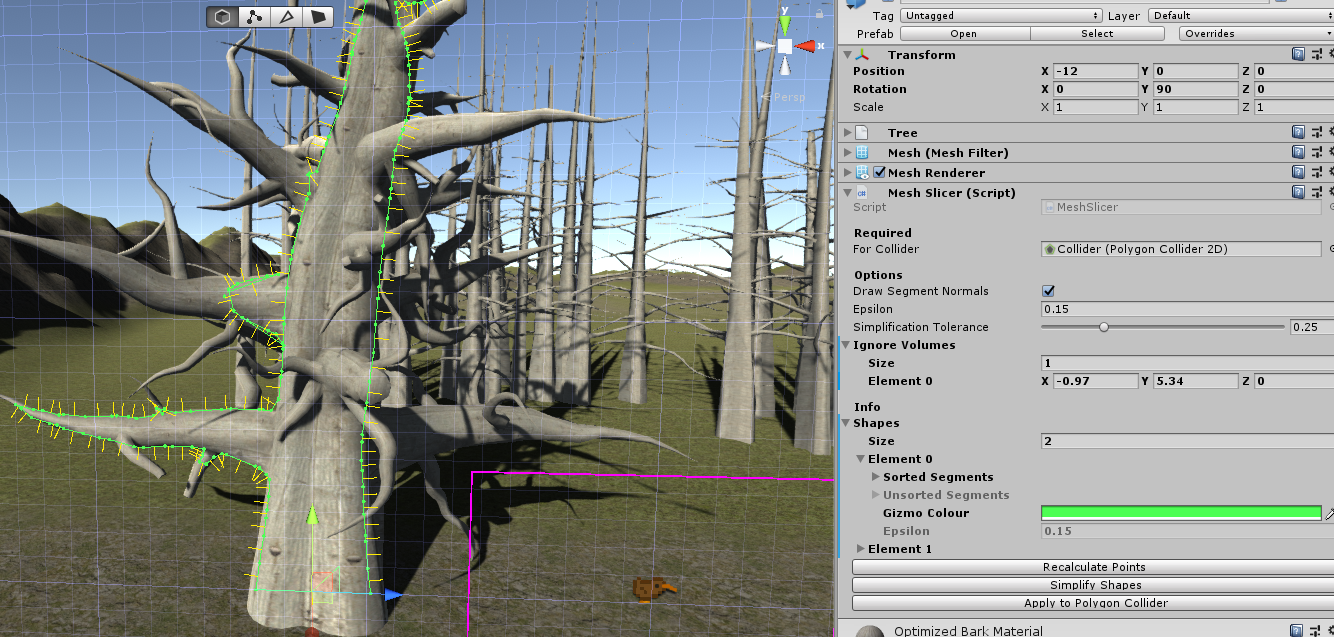
… just look at all those segments! (the yellow dashes represent segment normals)
Worry not. With some iterating, I created a special case for complex meshes like trees, and it now produces very efficient 2D colliders:
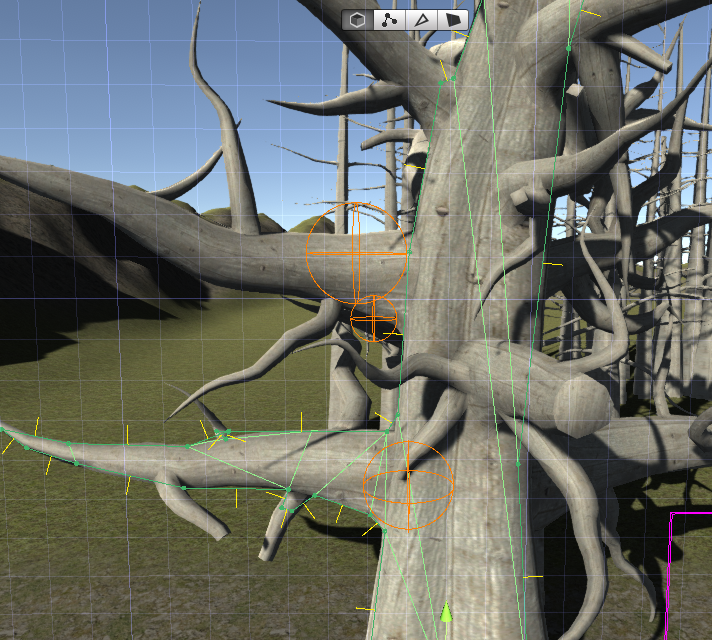
—which I was very happy with, and made developing the rest of the level a pleasurable breeze.
Aside: The orange spheres pictured above are “hint volumes”. They allowed for more control over particularly uncooperative meshes by “hinting” to them places the player should or should not be able to exist. I used this feature to prune unnecessary collider geometry more than to correct the base slicer algorithm.

Developing Abilities & VFX
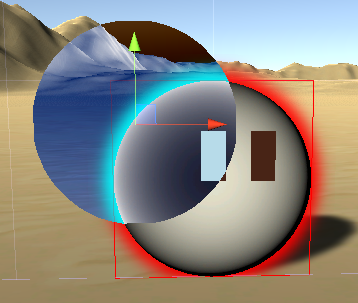
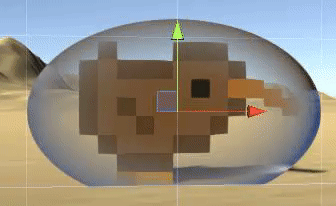

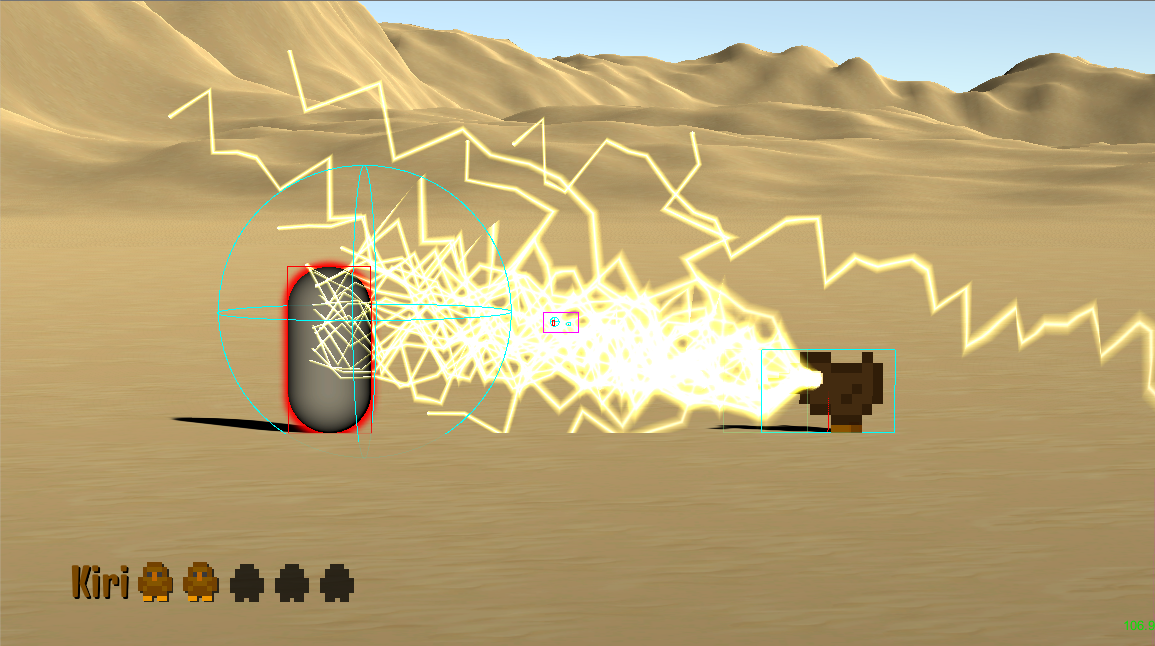
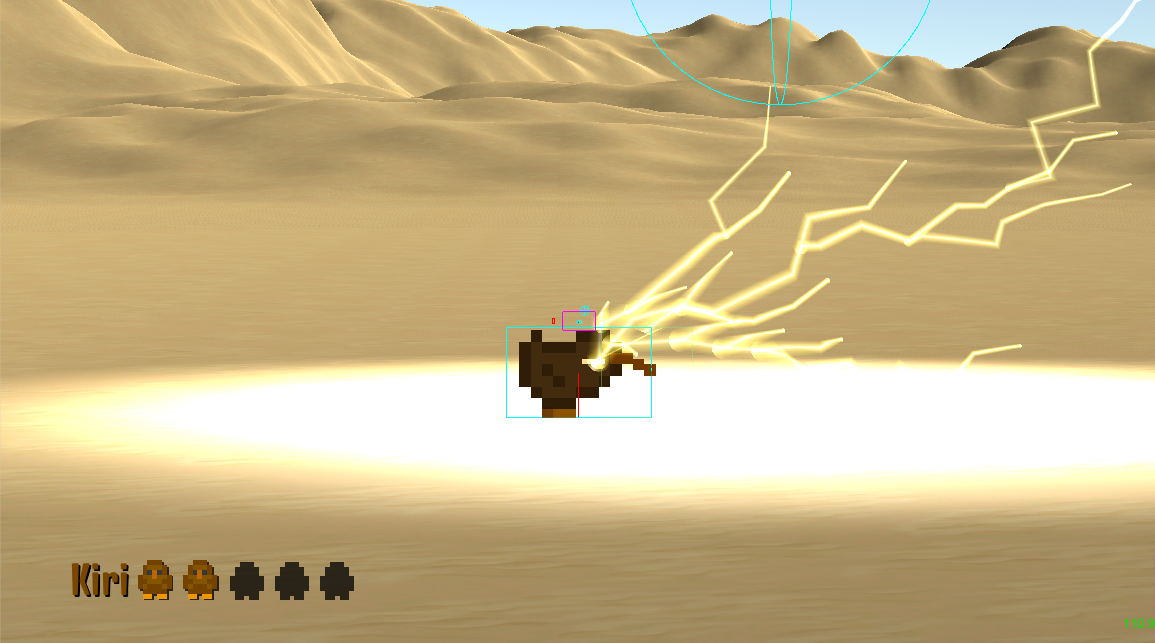
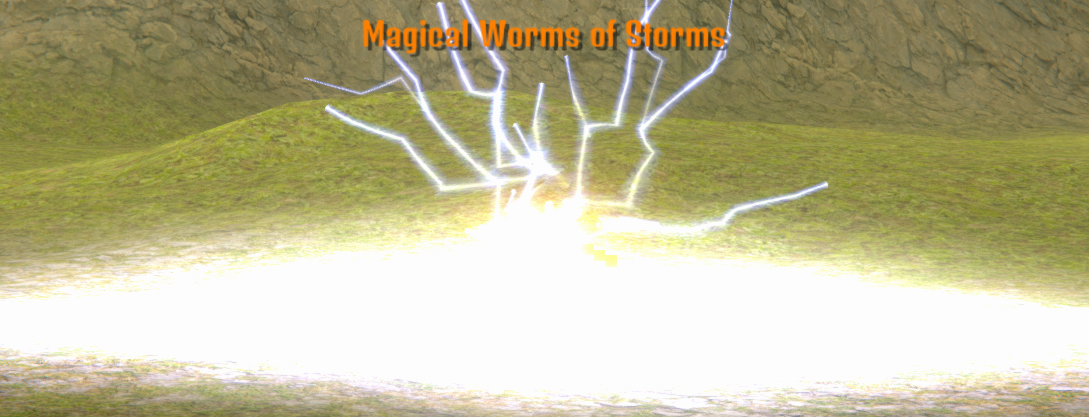
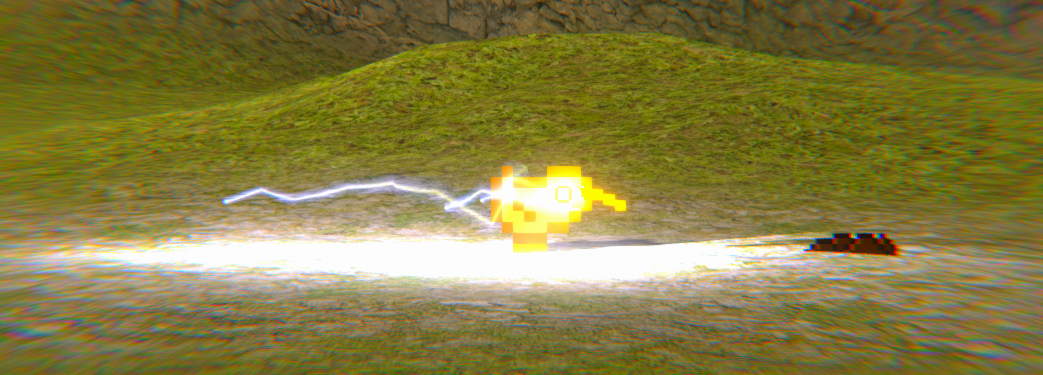
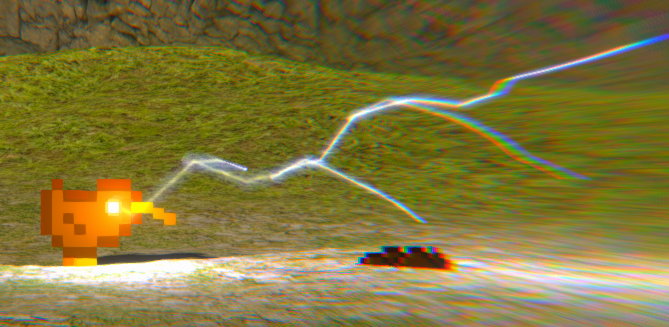
Gallery
Spoiler: I did have to cheat to record the above synopses. In the original design of the game, it’s actually not feasible to reach the Godworm if you snort every magical worm in your path. Indeed, there is a way to beat the game without snorting any magical worms; if you do this, you realize that the “blob” enemies from a more typical run were actually other kiwi birds—not aggressive enemies—the whole time… 😬
(more screenshots)
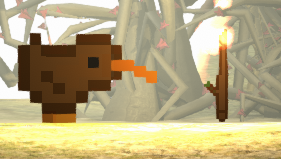
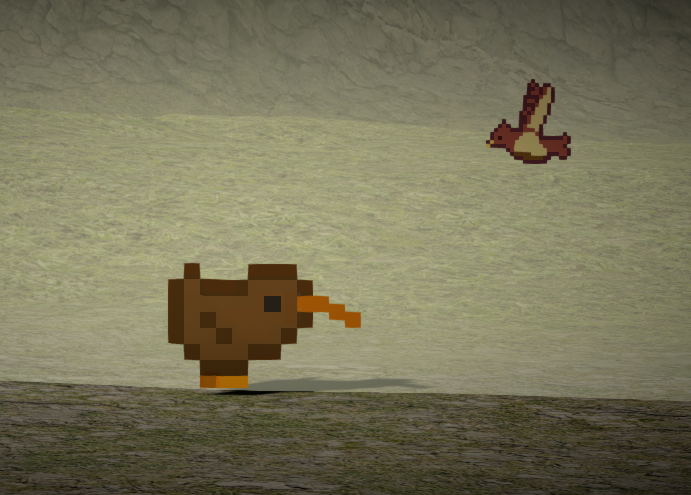
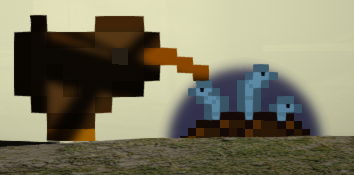

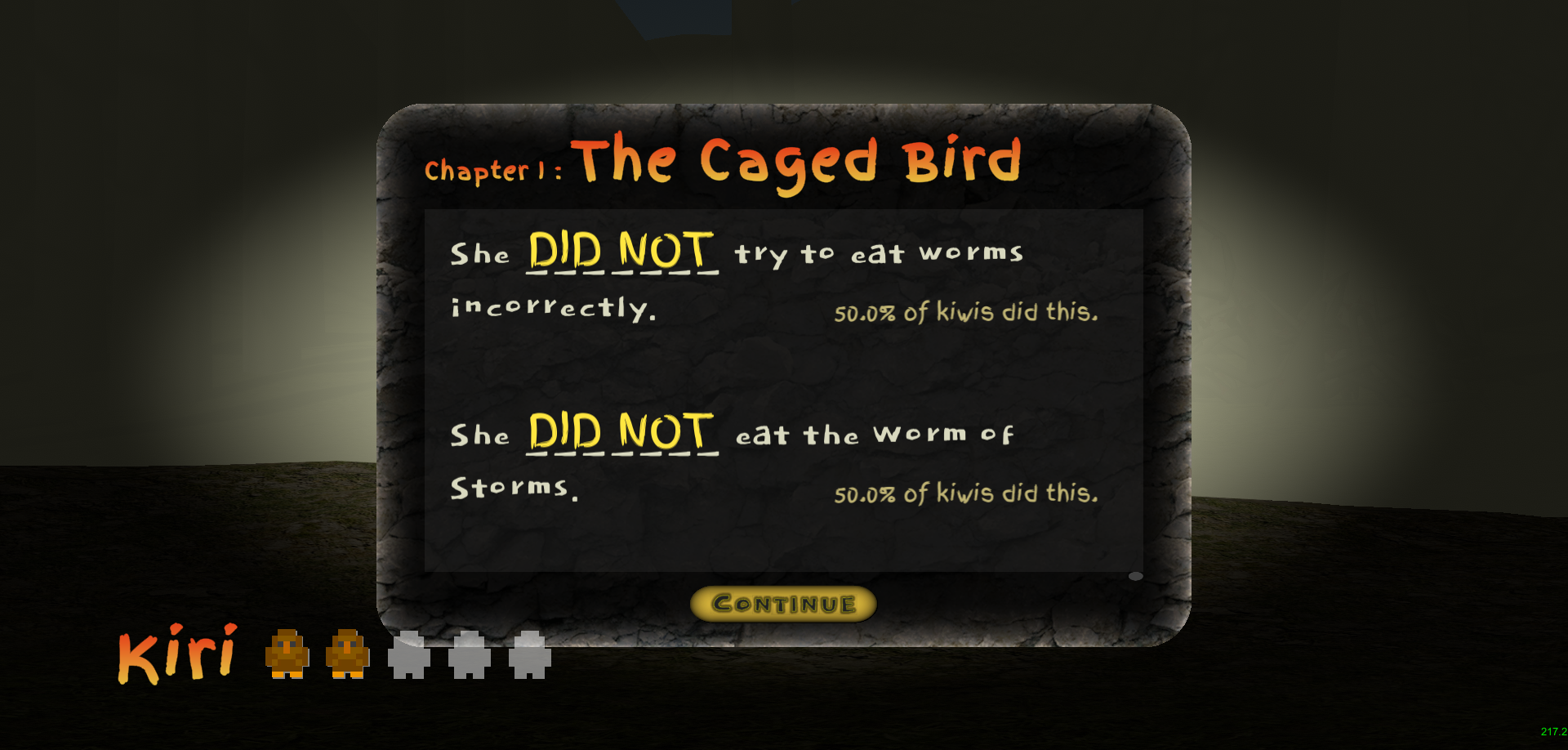
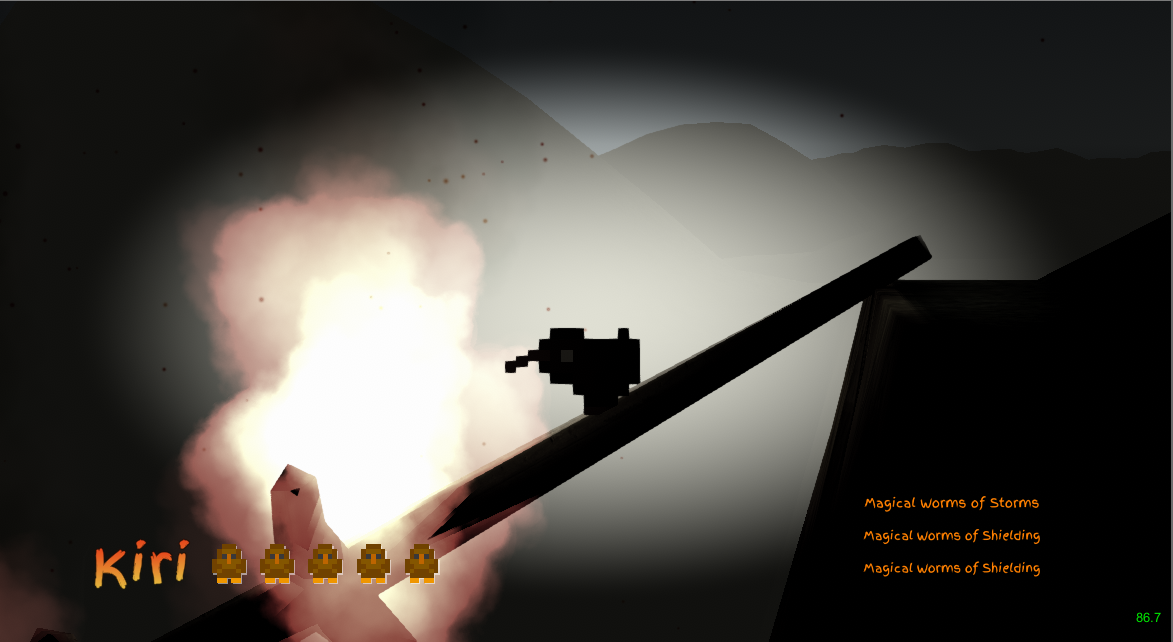
One last fun fact:
This game utilized extremely rare samples of real kiwi bird sounds, courtesy of Russell Nature Walks. One particular set of audio samples—a male kiwi’s mating call—took three years to catch a single recording of. A million hats off to Russell Nature Walks, and their tireless efforts to educate the world about kiwis and the conservation of New Zealand in general.
The Precious Life of Kiri is Copyright ©️ 2019 DigiPen Institute of Technology.